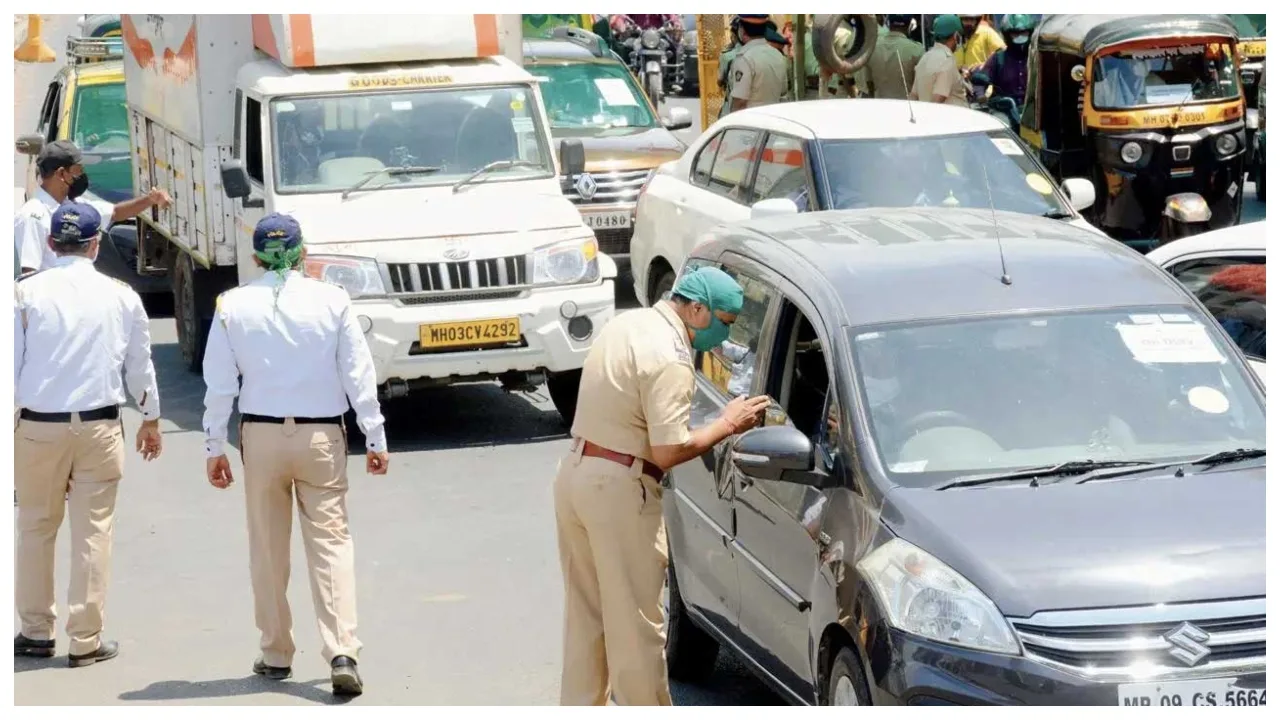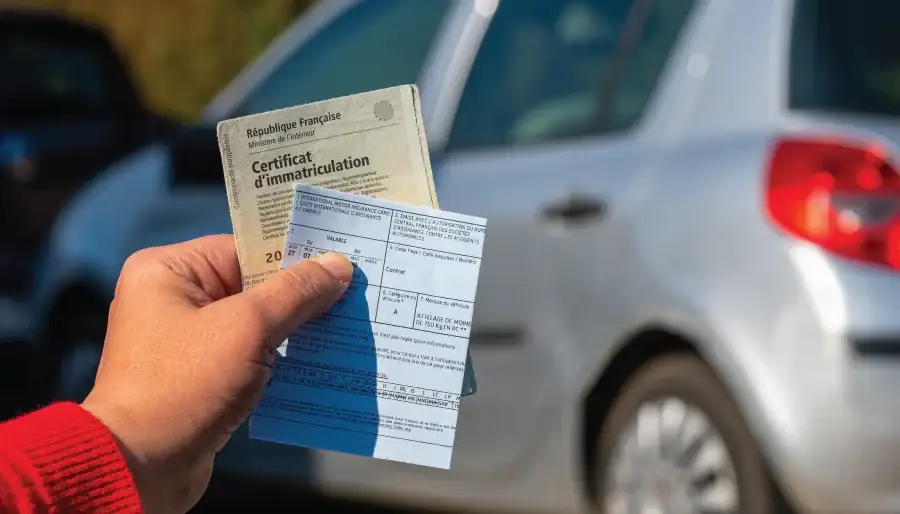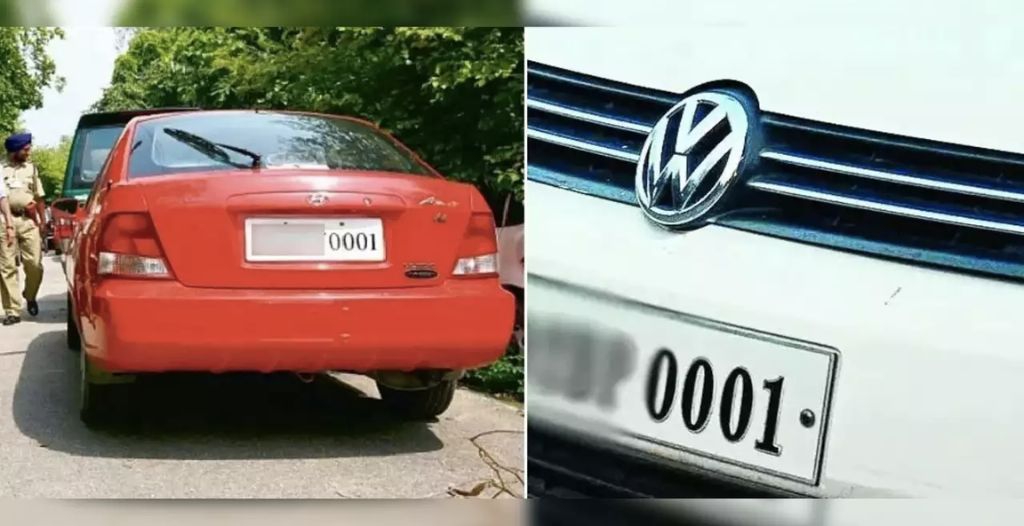In today’s tech-savvy world, traffic violations are being tracked more by AI cameras than humans. While this has helped reduce manual errors, it has also created some new challenges for drivers — especially those who follow traffic rules but still get fined. Yes, even if you’re wearing your seatbelt, you could still receive a challan. The reason? Something as simple as the color of your shirt.
This might sound strange, but it’s a real issue happening on Indian roads, especially in metro cities like Delhi. Let’s understand what’s going on, why wearing black clothing while driving is risky, and what you can do to avoid unnecessary fines.
The Problem: Cameras Can’t See Black on Black
Advanced surveillance cameras are installed across cities like Delhi, Mumbai, Bengaluru, and others to catch traffic violations in real-time. These high-resolution cameras are trained to identify:
- Helmet usage
- Seat belt compliance
- Lane violations
- Signal jumping
- Overspeeding
Now here’s the catch: When a driver wears a black shirt or t-shirt, and also wears a black seatbelt, the camera often fails to detect the seatbelt. From the camera’s point of view, it appears that no seatbelt is worn — even if you are wearing one properly.
As a result, the system automatically generates a traffic challan, especially under Section 194B of the Motor Vehicle Act, which deals with seatbelt violations.
What the Law Says
According to Section 194B of the Motor Vehicles Act, failing to wear a seatbelt is a punishable offence:
- Fine: ₹1000 for the first offence
- Repeat offences: ₹1000 for each instance
So, if the AI camera clicks your photo while you’re wearing a black shirt and black seatbelt, it may wrongly assume you’re not wearing a seatbelt, and issue a fine.
How Big Is This Issue?
In cities like Delhi, lakhs of vehicles are monitored every day by automatic camera systems. Many people have reported receiving fines despite wearing seatbelts, and upon closer inspection, they realized the reason was clothing color confusion.
In some cases, the traffic police cancel the challan after manual review. But in most situations, the challan is valid and the fine must be paid unless challenged with proper proof.
Real-Life Example
Imagine you’re on your way to work, wearing a black t-shirt. You fasten your seatbelt, follow all the rules, and pass through a junction with a traffic surveillance camera. A week later, you receive a message saying a challan of ₹1000 has been issued for not wearing a seatbelt.
You check your dashcam or memory and realize you were wearing the seatbelt — but because the seatbelt and your shirt were the same color, the camera couldn’t detect it.
This is exactly how many honest drivers end up getting penalized — not for breaking the law, but for confusing the system.
How to Avoid This Mistake?
There are a few simple ways you can avoid falling into this trap:
✅ Avoid Wearing Dark Shirts While Driving
If you’re going to be passing through traffic-sensitive areas, especially in cities with camera-based monitoring, try not to wear a black shirt or t-shirt while driving. Lighter colored clothing contrasts better with black seatbelts and is easier for cameras to detect.
✅ Use a Seatbelt Cover in Contrasting Color
If you frequently wear dark clothes, consider using a light-colored or reflective seatbelt cover. These are easily available online or in automobile shops and can help cameras recognize the seatbelt more clearly.
✅ Install a Dashcam in Your Vehicle
A dashcam can be your best defense. If you receive a wrongful challan, your dashcam footage can be used as proof that you were wearing a seatbelt. Many people have successfully challenged fines using video evidence.
✅ Check Your Challan Status Regularly
To ensure no challans have been wrongly issued:
- Visit the official website: echallan.parivahan.gov.in
- Enter your vehicle number and chassis or engine number
- Check for pending challans and details
- If you find a mistake, raise a dispute with supporting proof
Should Seatbelt Color Be Changed?
There’s growing conversation about changing the color of seatbelts in vehicles to prevent such issues. Most car manufacturers use black belts as a standard, but experts believe using grey or dual-tone seatbelts can solve this detection problem.
While this may take time to implement, you can take steps on your own, such as changing your driving habits or using seatbelt wraps.
Can You Challenge a Wrong Challan?
Yes, if you receive a seatbelt challan due to clothing color confusion, you can:
- Visit your city’s traffic police website or office
- Submit a complaint online or in writing
- Attach dashcam photos/videos or eyewitness accounts
- Wait for the officer’s review
In many cases, if the evidence is solid, the challan gets canceled.
A Modern Problem in the Digital Age
This entire issue reflects a new kind of challenge that comes with digital monitoring and automated systems. While such cameras have helped reduce manual corruption and increased compliance, technology still has its limitations — and misjudging seatbelt usage due to clothing color is one of them.
The system is not perfect yet, and as a driver, it’s important to stay one step ahead and be cautious even in ways we hadn’t imagined before.
Tips to Remember Before Driving in Surveillance Zones
- Avoid black or dark grey clothing while driving
- Always double-check your seatbelt’s visibility
- Use contrast seatbelt covers or reflective tapes
- Keep a dashcam active while driving
- Regularly check the traffic portal for any e-challans
- Save OTP-linked RTO number for challan checks







